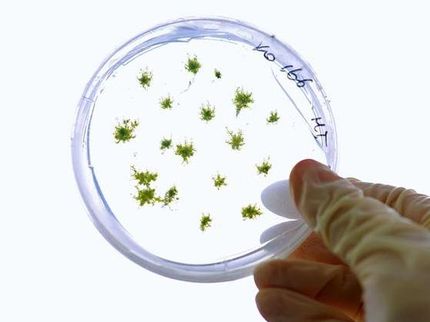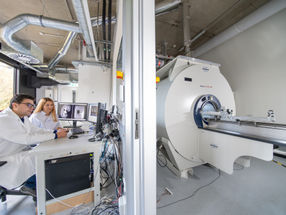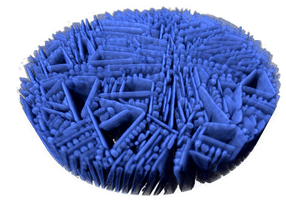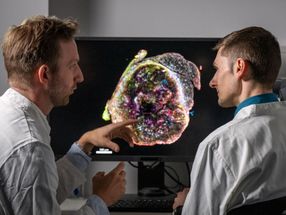Genome Sequence from the "Naturla Genetic Engineer" of Plants is a Scientific Landmark for Monsanto
CAMBRIDGE, MA (Dec. 13, 2001) - Scientists at Cereon genomics (Cambridge, MA), Monsanto (St. Louis, MO) and the University of Richmond (Virginia) published a paper in the journal Science describing the genome sequence of Agrobacterium tumefaciens strain C58, a bacterium that can naturally transfer DNA to plant cells.
A team led by Dr. Steve Slater from Cereon Genomics, a subsidiary of Monsanto based in Cambridge, MA, collaborated with Dr. Brad Goodner and his research team from the University of Richmond. The article, and another by a group led by Dr. Eugene Nester of the University of Washington, are featured on the cover the December 14th issue of Science.
"Agrobacterium tumefaciens is one of the most important tools for plant biotechnology," said Dr Slater. "Our understanding of this bacterium and its natural ability to stably insert genes into plants has allowed the development of many of the crops enhanced through biotechnology that farmers are growing today. The availability of the genomic sequence can help to improve the process of producing new crop varieties through biotechnology," he said.
"The organism is also extremely interesting from an evolutionary viewpoint since it has both a typical circular bacterial chromosome, and a linear chromosome that seems to have evolved from a plasmid. This structure appears unique to a small group of bacteria that are closely related to the Agrobacterium strain we sequenced," said Dr Slater.
"This genomic sequence will help researchers to understand more about how this bacterium interacts with plants," said Dr. Goodner.
The DNA sequence for Agrobacterium tumefaciens strain C58, which includes two plasmids and two chromosomes, has been downloaded to GenBank, the DNA sequence warehouse of the National Center for Biotechnology Information (NCBI) at the U.S. National Institutes of Health in Bethesda MD. The data are available to the public via the NCBI's Entrez Genome Web Server at http://www.ncbi.nlm.nih.gov/PMGifs/Genomes/micr.html.
Agrobacterium has been closely studied since 1907 when scientists showed that it is the cause of the plant disease called crown gall. During the 1940s and 1950s, other researchers showed that Agrobacterium is only needed to initiate the disease, which can continue well after the bacterium has been removed. Thus, the bacterium has "transformed" the plant cells.
In the 1970's and 1980's researchers demonstrated that Agrobacterium transfers a portion of its own DNA into the plant's DNA, thereby introducing new genes that lead to crown gall formation. Modification of Agrobacterium DNA in the laboratory to remove the genes involved in crown gall formation eventually allowed the introduction of many other genes into plants.
Most read news
Topics
Organizations
Related link
Other news from the department science

Get the life science industry in your inbox
From now on, don't miss a thing: Our newsletter for biotechnology, pharma and life sciences brings you up to date every Tuesday and Thursday. The latest industry news, product highlights and innovations - compact and easy to understand in your inbox. Researched by us so you don't have to.


























































